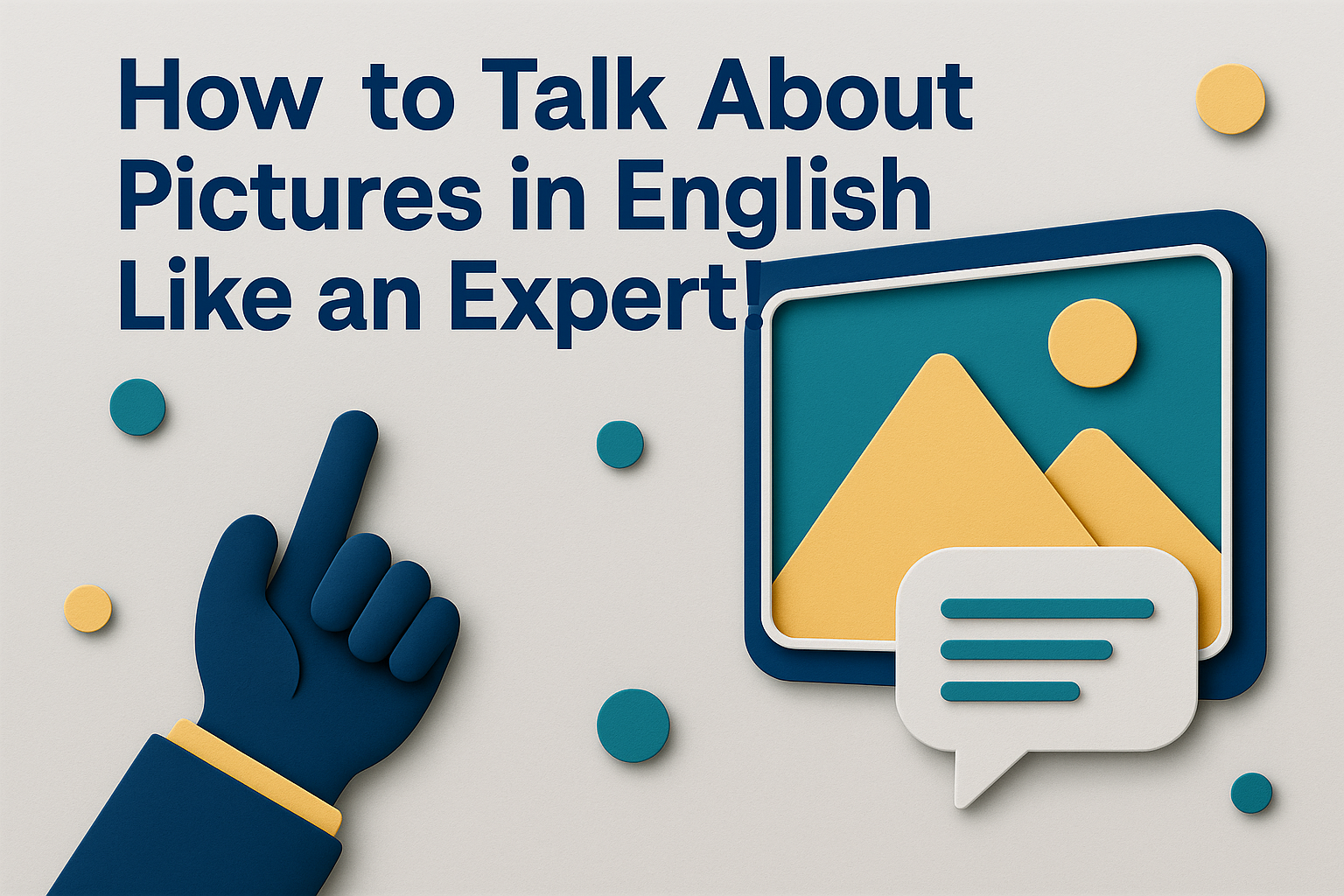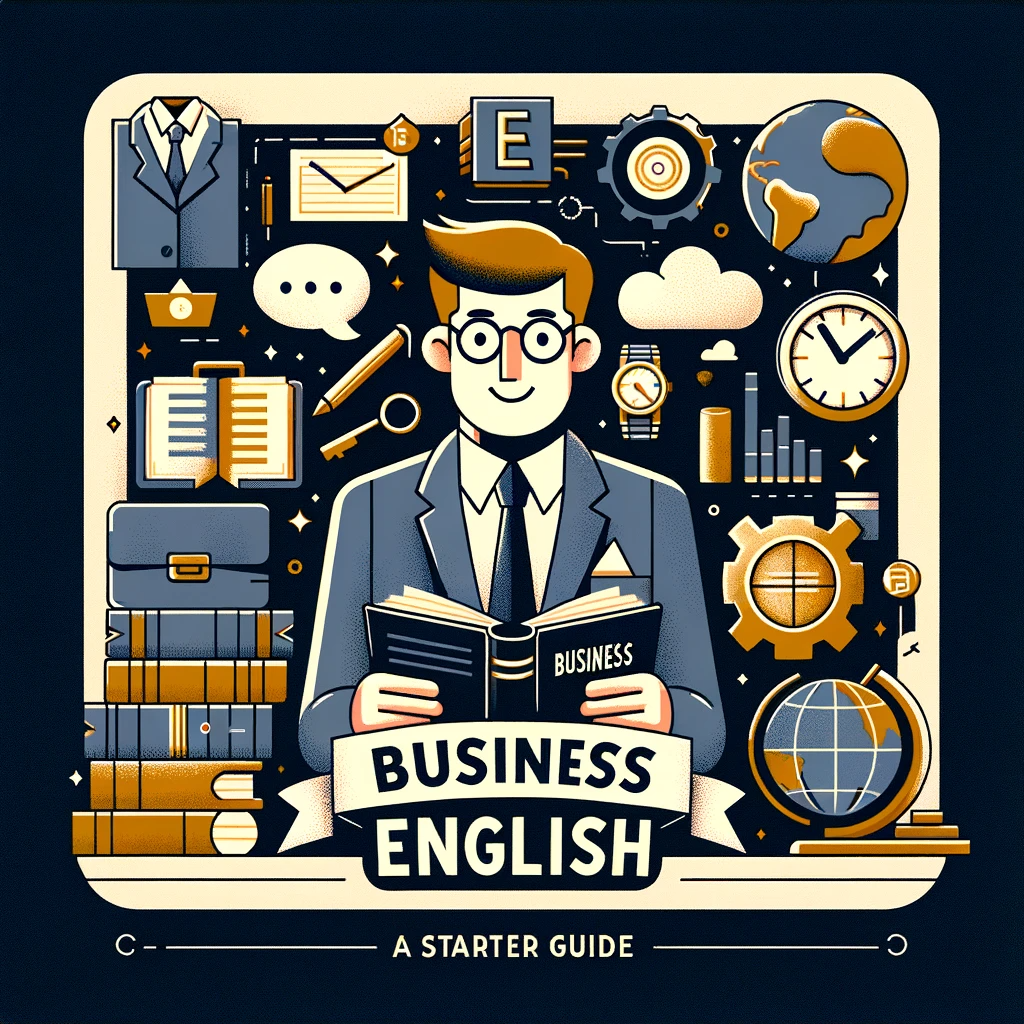How to Talk About Pictures in English Like an Expert!
Intermediate Level | July 9, 2025
혼자서 기사를 소리 내어 읽거나 튜터를 따라 각 단락을 반복해서 읽으세요. 레벨...
Have you ever seen a photo and wanted to talk about it—but didn’t know where to start?
You’re not alone! Many English learners feel unsure about how to describe pictures, especially in business or social settings.
Today, you’ll learn how to talk about pictures in English using a simple, effective method. Whether you’re in a meeting, posting on social media, or making small talk, these tips will help you sound clear and confident.
How to Talk About Pictures in English Using a 3-Part Formula
When you talk about a picture, try using this easy formula:
- Overview – Say what the picture is about.
- Details – Describe what you see.
- Reaction – Share your opinion or feeling.
Let’s see how it works.
Step 1: Start with an Overview
Begin by saying what the picture shows in general. Use phrases like:
- “This picture shows…”
- “In this image, we can see…”
- “It looks like…”
Example:
“This picture shows a group of coworkers having a meeting in a bright office.”
Step 2: Add 2-3 Details
Pick two or three things in the image to describe. You can mention:
- People (age, clothing, expression)
- Actions (what they’re doing)
- Background (location, objects, colors)
Example:
“One man is speaking while others are listening. There’s a whiteboard behind them with colorful sticky notes.”
Step 3: Share Your Reaction
Finally, share how the image makes you feel or why it’s interesting.
Try these phrases:
- “It seems like…”
- “This reminds me of…”
- “I think the mood is…”
Example:
“It seems like a creative and relaxed meeting. The team looks focused and comfortable.”
Practice Example
Look at a photo from a recent event or a magazine. Practice using the 3 steps:
- Overview
- 2-3 Details
- Reaction
Keep your sentences short and clear. You don’t need to describe everything—just the parts that stand out to you.
Bonus Tip: Use Prepositions of Place
To sound more natural, use words like:
- “on the left/right”
- “in the background”
- “next to”
- “behind/in front of”
Example:
“There’s a coffee cup in front of the laptop, and a plant on the left side of the table.”
Vocabulary List
- Image (noun) – A picture or photo.
Example: The image shows a team working together. - Overview (noun) – A general summary.
Example: Give a quick overview before describing the picture. - Expression (noun) – The look on someone’s face.
Example: Her expression looks serious. - Background (noun) – The area behind the main subject.
Example: There are buildings in the background. - Describe (verb) – To explain what something looks like.
Example: Can you describe what you see? - Focused (adjective) – Paying close attention.
Example: The team looks focused during the meeting. - Relaxed (adjective) – Calm and not worried.
Example: It looks like a relaxed environment. - Coworker (noun) – Someone you work with.
Example: My coworkers are friendly. - Sticky note (noun) – A small colored paper with glue.
Example: There are sticky notes on the whiteboard. - Preposition (noun) – A word that shows place or time.
Example: “Next to” and “in front of” are prepositions.
5 Questions About the Article
- What is the first step in the 3-part formula?
- What types of details should you describe?
- Why is it important to share your reaction?
- What are some useful prepositions of place?
- What is one bonus tip mentioned in the article?
5 Open-Ended Discussion Questions
- How often do you talk about pictures in your job or studies?
- What kinds of pictures are interesting to you?
- Do you use English on social media? What do you post?
- What challenges do you have when describing images?
- How could this formula help you in meetings or presentations?
📢 Want more tips like this? 👉 Sign up for the All About English Mastery Newsletter! Click here to join us!
Join the English Mastery Club — your place to practice, grow, and connect with others mastering English just like you!
Follow our YouTube Channel @All_About_English for more great insights and tips.



